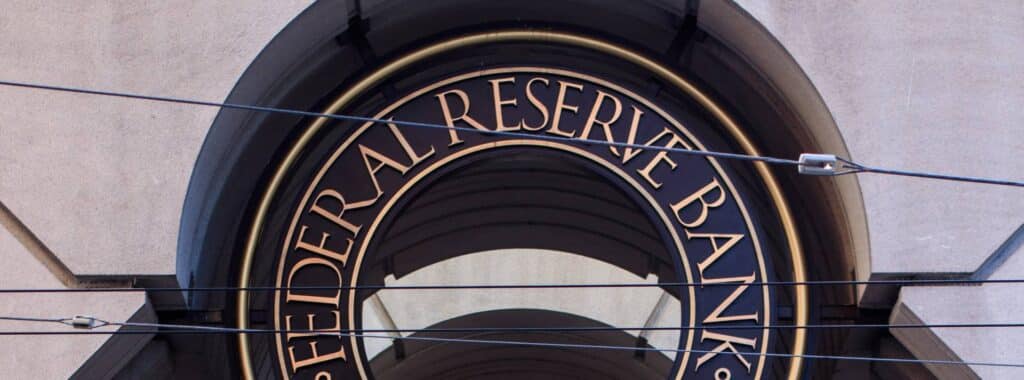In order to fight inflation, the key interest rates in the USA are currently being raised by the FED (= Federal Reserve System). The FED raised its key interest rate by 0.5% at the beginning of May 2022 and in June, by 0.75% – as much as in 1994. The “zero interest rate level” is expected to settle between 3% and 4% by 2023.
The reasons for higher inflation are not least the persistent supply bottlenecks, material shortages and rising energy and fuel prices. Higher interest rates are making money more expensive to curb consumer spending as a result. Less demand stops prices from being increased further, but rather reduced in order to boost sales. Therefor the general price level should be lowered, leaving a danger of an economic brake.
Moreover, if companies can make fewer sales, the demand for employees is decreased, which weakens the bargaining position of workers.
In connection with the FED’s interest rate decision, the central bank is discontinuing its securities purchase programme, which was launched during the pandemic. The central bank is thus further tightening its monetary policy.
In the EU, further tensions between Europe and Great Britain as well as the Ukraine crisis are currently fuelling general uncertainty.
Experts assume that the ECB’s Governing Council will also announce an interest rate hike on 21st of July. Since banks are certain that the turnaround in interest rates can be expected, they already increased interest rates on building loans significantly. In contrast to the USA, however, most real estate loans in Germany have fixed interest rates for several years – anyone who already owns a property and is currently paying it off, will not feel a dramatic impact, at least not in the short term. With termination of the fixed-interest period – often a period of five to ten years – property owners will also feel, partially severely, effects.
In general, the rising fear of inflation among the population tends to create additional demand for real estate. Rising interest rates and rising construction costs or shortages of raw materials are leading to an increase of prices of existing properties. A drop of hotel real estate prices is therefore not to be expected.
In most leases, only 75 – 90% of consumer price development is taken into account, which puts pressure on landlords. Until the market calms down, this circumstance creates an opportunity for more risk-averse investors with management contracts.
More articles and news can be found in our mrp hub! Check it out now!


